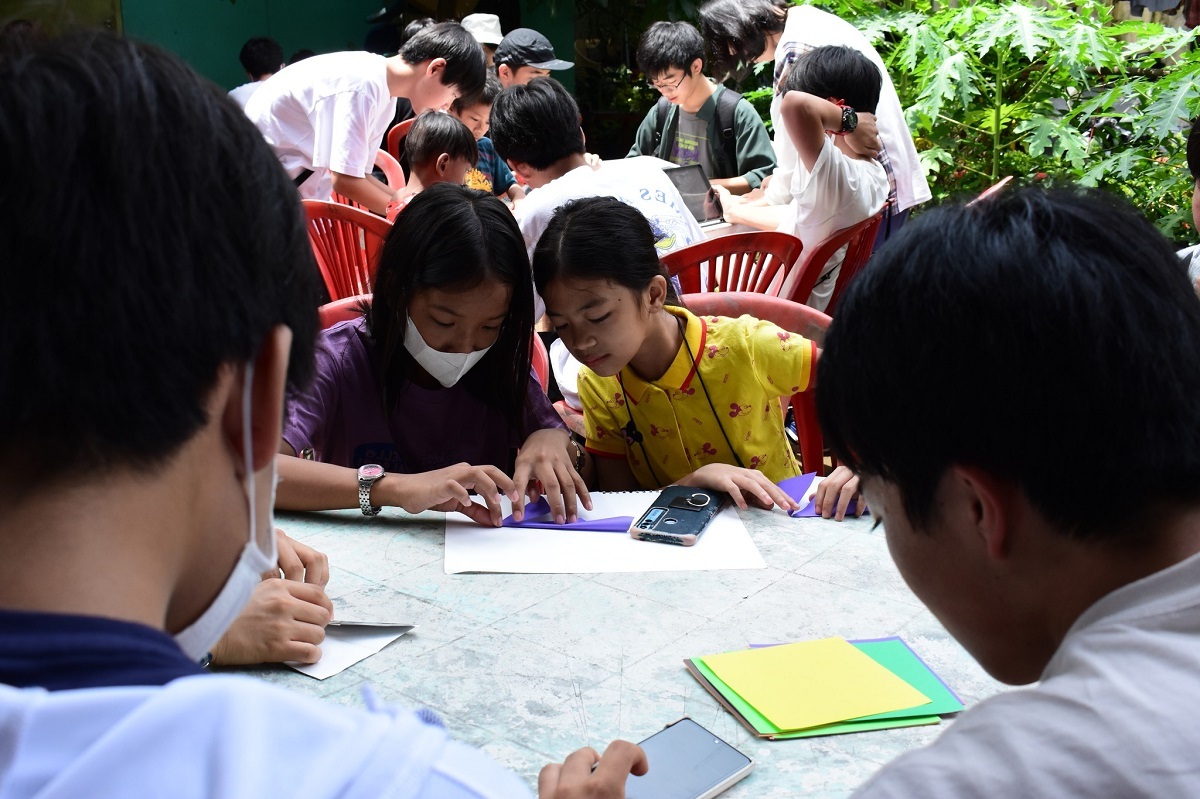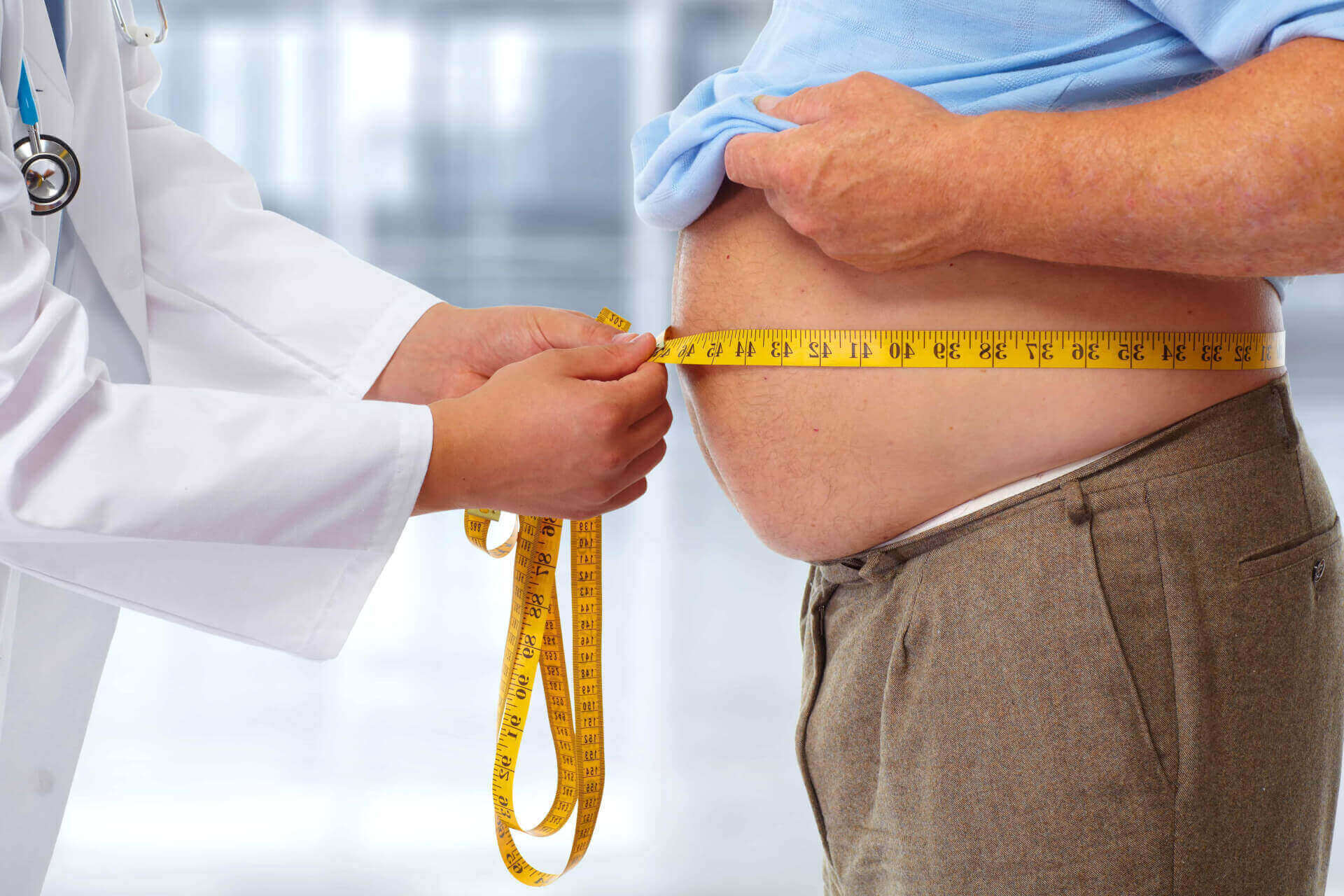
Youth development is a fascinating journey filled with growth, learning, and transformation. But what exactly does it involve? Youth development refers to the process through which young people acquire the skills, knowledge, and attitudes necessary to become successful adults. This process is influenced by various factors, including family, community, education, and personal experiences. Understanding these elements can help us support young people better. From building self-esteem to fostering resilience, youth development encompasses a wide range of activities and programs designed to help young individuals thrive. Ready to dive into some intriguing facts about this vital topic? Let's get started!
Key Takeaways:
- Adolescence is a time of big changes! Your brain, body, and emotions are all growing and developing. It's normal to feel moody and curious about the world around you.
- Friends, family, and school are all important during this time. It's okay to feel a little lost sometimes, but with support and understanding, you'll figure out who you are and what you want to be.
Understanding Youth Development
Youth development is a fascinating and complex process. It involves physical, emotional, social, and cognitive growth. Let's dive into some intriguing facts about this critical stage of life.
-
Brain Development: The human brain continues to develop until the mid-20s. This means that decision-making, impulse control, and emotional regulation are still maturing during the teenage years.
-
Identity Formation: Adolescents spend a lot of time figuring out who they are. This period is crucial for developing a sense of self and personal identity.
-
Peer Influence: Friends and peers play a significant role in shaping behaviors and attitudes. Peer pressure can have both positive and negative effects on youth.
-
Risk-Taking Behavior: Teenagers are more likely to engage in risky behaviors due to the ongoing development of the prefrontal cortex, which is responsible for impulse control.
-
Emotional Turbulence: Hormonal changes during puberty can lead to mood swings and heightened emotions. This is a normal part of growing up.
Physical Changes During Adolescence
The body undergoes significant transformations during adolescence. These changes are essential for reaching physical maturity.
-
Growth Spurts: Adolescents experience rapid growth in height and weight. This is often referred to as a growth spurt and can happen at different times for boys and girls.
-
Puberty: Puberty marks the beginning of sexual maturity. It involves the development of secondary sexual characteristics like facial hair in boys and breast development in girls.
-
Voice Changes: Boys typically experience a deepening of the voice during puberty due to the growth of the larynx and vocal cords.
-
Acne: Hormonal changes can lead to increased oil production in the skin, resulting in acne. This is a common issue for many teenagers.
-
Increased Strength: Muscle mass and strength increase during adolescence, particularly in boys. This is due to the rise in testosterone levels.
Social and Emotional Development
Social interactions and emotional growth are key components of youth development. These aspects shape how young people relate to others and understand themselves.
-
Independence: Adolescents strive for independence from their parents. This is a natural part of growing up and helps them develop self-reliance.
-
Romantic Relationships: Many teenagers begin to explore romantic relationships. These experiences can be both exciting and challenging.
-
Self-Esteem: Self-esteem often fluctuates during adolescence. Positive reinforcement and supportive relationships can help build a healthy self-image.
-
Empathy: The ability to understand and share the feelings of others develops during adolescence. This is crucial for forming meaningful relationships.
-
Conflict Resolution: Learning to resolve conflicts in a healthy way is an important skill that adolescents develop. This helps them navigate social interactions more effectively.
Cognitive Development
Cognitive abilities continue to grow and change during adolescence. This period is marked by significant advancements in thinking and reasoning.
-
Abstract Thinking: Adolescents begin to think more abstractly. They can understand complex concepts and hypothetical situations better than younger children.
-
Moral Reasoning: The ability to reason about ethical and moral issues becomes more sophisticated. Adolescents start to develop their own values and beliefs.
-
Problem-Solving Skills: Improved cognitive abilities lead to better problem-solving skills. Teenagers can analyze situations and come up with effective solutions.
-
Memory: Both short-term and long-term memory improve during adolescence. This aids in learning and academic performance.
-
Attention Span: The ability to focus and sustain attention increases. This is important for success in school and other activities.
Challenges and Support
Adolescence can be a challenging time, but with the right support, young people can thrive.
-
Mental Health: Mental health issues like anxiety and depression can emerge during adolescence. Early intervention and support are crucial.
-
Bullying: Bullying is a significant issue that can affect self-esteem and mental health. Creating a safe and supportive environment is essential.
-
Substance Abuse: Experimentation with drugs and alcohol can occur during adolescence. Education and open communication can help prevent substance abuse.
-
Academic Pressure: The pressure to perform well academically can be overwhelming. Support from parents and teachers can alleviate some of this stress.
-
Parental Support: Strong parental support and open communication are vital. They provide a foundation for healthy development and help adolescents navigate challenges.
Final Thoughts on Youth Development
Youth development shapes the future. Understanding the key factors helps create better opportunities for young people. Education, mentorship, and community support play vital roles. Encouraging creativity and critical thinking prepares youth for challenges ahead.
Physical activity and mental health are equally important. They ensure a balanced growth. Technology offers new ways to learn and connect, but balance is crucial. Family involvement strengthens the foundation of a young person's life.
Volunteering and extracurricular activities build character and skills. They teach responsibility and teamwork. Positive role models inspire and guide youth toward success.
Investing in youth development benefits everyone. It creates a brighter, more resilient future. Let's support and nurture the next generation. They hold the key to tomorrow's world.
Frequently Asked Questions
Was this page helpful?
Our commitment to delivering trustworthy and engaging content is at the heart of what we do. Each fact on our site is contributed by real users like you, bringing a wealth of diverse insights and information. To ensure the highest standards of accuracy and reliability, our dedicated editors meticulously review each submission. This process guarantees that the facts we share are not only fascinating but also credible. Trust in our commitment to quality and authenticity as you explore and learn with us.


